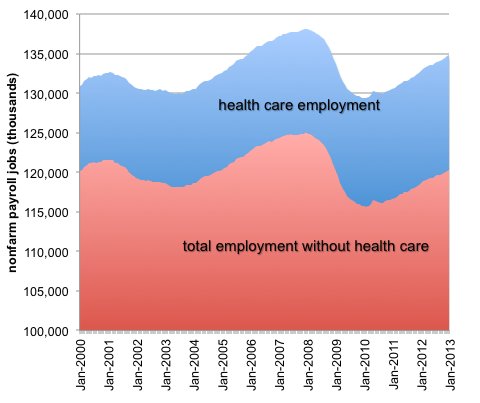Borrowing heavily from the cable playbook, CBS has set out to reverse the trend toward ever-dwindling network ratings — and intense attention directed toward cable dramas — in the summer. In its new series, “Under the Dome,” CBS may have done it.
The opening ratings for “Dome” last Monday qualified as spectacular: more than 13.5 million viewers for the premiere, the biggest audience for a summer drama in more than 20 years. The show added more than three million more viewers when three days of delayed viewing was counted, CBS announced Saturday.
Maintaining numbers like that could mean significant profits for CBS, which created a can’t-miss formula for financing the show that included a presale of the episodes for streaming on Amazon Prime, and now may expect a surge in spending from advertisers looking to reach summer consumers at the same time.
Even more important, CBS’s executives are so encouraged by the early ratings results that they foresee the potential “to create a whole new model for summer programming” said David F. Poltrack, the network’s chief research executive.
That model relies on some traditional network advantages. “One of the things the premiere’s ratings illustrated was the power of network television as a marketing medium,” Mr. Poltrack said. CBS began promoting “Dome” during the spring in its highly rated shows.
But the model is also new for CBS because, in this case, it includes such elements as a highly serialized plotline with science-fiction elements and characters who would not qualify as traditionally likable heroes on the networks.
Those have been among the drama conventions on cable for years, where such shows as “Mad Men” and “Breaking Bad” on AMC, “Burn Notice” on USA and “True Blood” on HBO have played in the summer. This summer, the cable networks have a full roster of prominent dramas, including “The Newsroom” on HBO, “Ray Donovan” on Showtime and “The Bridge” on FX.
But none of them are likely to come within 10 million viewers of “Under the Dome.” And this is only the first salvo in a network strategy to retake some summer territory. Already numerous projects are in the works at other networks, including shows called “limited series” on ABC, like “Resurrection,” (a town is shaken by the return of long-dead relatives) and “event series” on the Fox network, including the resumption of the action hit “24” and a “Twin Peaks”-style suspense series called “Wayward Pines.”
The last two are being prepared for summer 2014, part of an ambitious effort by Kevin Reilly, the chairman of entertainment for Fox, to shake up the scheduling paradigm that has dominated network television.
“The networks have to stop losing viewers,” said Brad Adgate, the senior vice president for research at Horizon Media. “After the season they just had they can’t afford to lose any more.”
Mr. Reilly at Fox has been saying for several years that it makes no sense for network television to keep doing the same thing year after year even as its audiences shrivel. He announced this spring that Fox would invest heavily in short-run series with high production values and A-list casts. (“Wayward Pines” has already cast Matt Dillon and Melissa Leo.)
But CBS, the network that for years resisted the concept of the serial drama, planted its flag first. “Under the Dome,” an adaptation of a Stephen King novel, was conceived as a cable entry, developed by Showtime. When that network passed, CBS (which owns Showtime) picked up the project specifically intending to reinvigorate a deteriorating summer schedule.
Networks have tried to improvise in summer, spreading a few reality shows around a diet of repeats. But this summer, reality regulars like “America’s Got Talent” on NBC and “Big Brother” on CBS have experienced early ratings erosion. “Those shows are showing the same fatigue that affected ‘American Idol’ in the regular TV season,” Mr. Adgate said.
“Viewing habits have changed,” said Jeff Gaspin, the former head of NBC Entertainment who also oversaw cable networks like USA. “Broadcasters started programming summer years ago because of cable inroads. They mostly tried weak scripted content and ultimately settled on nonscripted.”

Article source: http://www.nytimes.com/2013/07/01/business/media/with-a-solid-hit-cbs-breaks-the-summer-ratings-mold.html?partner=rss&emc=rss




